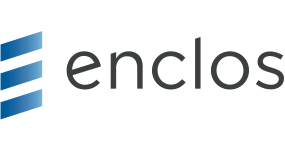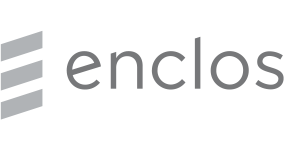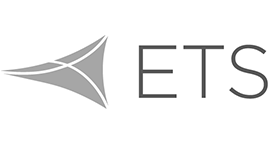PVC Membrane
PVC, or polyvinyl chloride, is available as a woven or non-woven material and has been a staple in the fabric membrane roofing industry since the early 1960s.
PVC membrane is a cost-effective alternative to traditional roofing systems and can be produced in a multitude of colors to coordinate with individual building project needs. When produced in bright white, this flexible fabric membrane reduces radiant heat gain, keeping interior temperatures cooler during warmer weather conditions.
PVC membrane is commonly coated with a protective acrylic or PVDF topcoat with a design life of approximately 15-20 years. If PVC membrane is exposed to high levels of UV in such areas like Florida or in the Southwest U.S., the design life of PVC is approximately 10-15 years.
Technically, PVC is a molecule comprised of carbon, hydrogen, and chlorine. The combination of these elements results in a single-ply membrane that is simple to manufacture. During fabrication, remnants can be recycled and melted down to be reproduced, resulting in less waste.
Because PVC is a thermoplastic, this membrane can be softened into a semi-solid state and infused with UV light inhibitors and anti-soiling fungicides. During installation, multiple sheets of the fabric can be overlapped and fused together in a process known as weldable seam technology. Once cooled at room temperature, these sheets form one continuous membrane.
Advantages
- UV stable
- Coated for long-term protection against soiling and premature aging
- Weathertight
- Easy-to-clean surface properties
- As a flameproof material of low weight (up to about 1,450 g/m²) and with a maximum thickness of about 1.2 mm, PVC/PES has an extremely low fire load
- Self-extinguishing
- Various colors
- Printable
- Light transmission up to 40%
- Life expectancy 20 to 30 years
Key Benefits of PVC’s Main Coat:
- Protection of fabric (yarn, fibers) against external influences (moisture, UV-radiation, biological and chemical exposures)
- Makes fabric weldable
- Makes fabric impermeable to rainwater
Key Benefits of PVC’s Top Coat:
- Protection of the main coat against atmosphere (moisture, UV-radiation, biological and chemical exposures)
- Migration of stabilizers and plasticizers
- Anti-dust treatment makes membrane surfaces glossy and imperishable

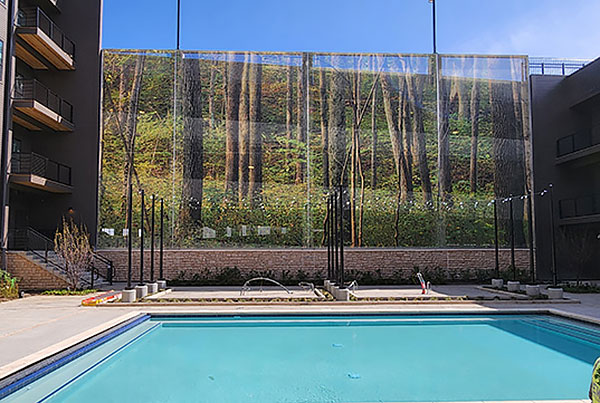
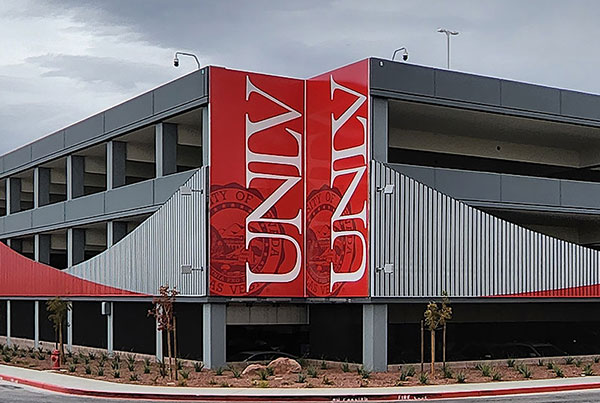



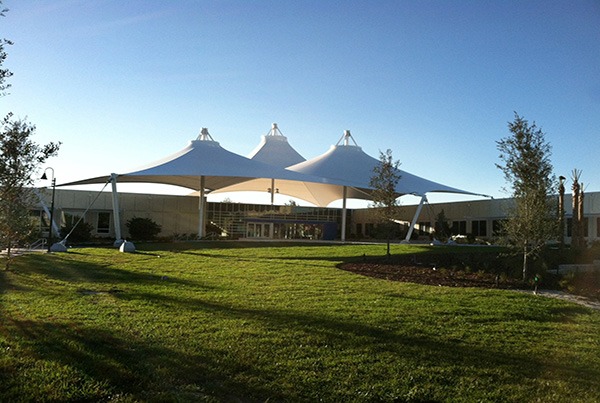
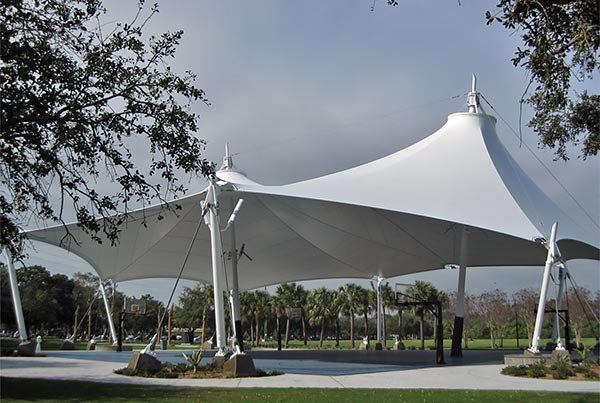
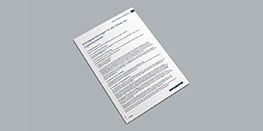 Section 133100 PVC Specifications
Section 133100 PVC Specifications